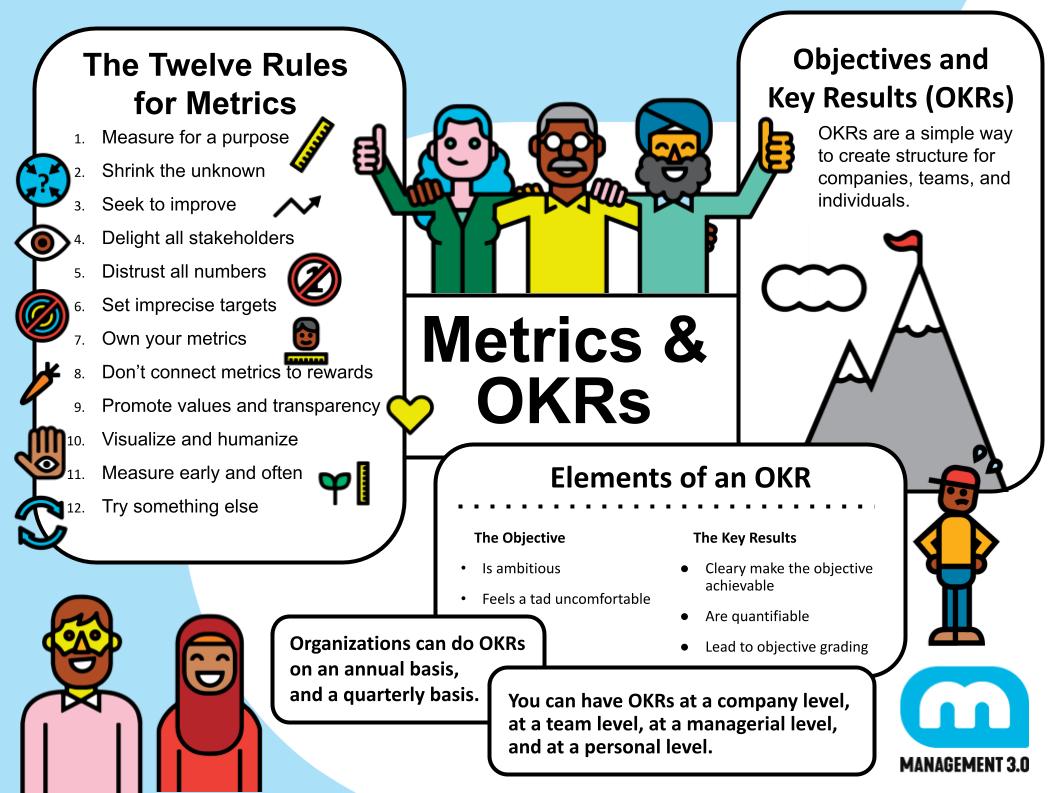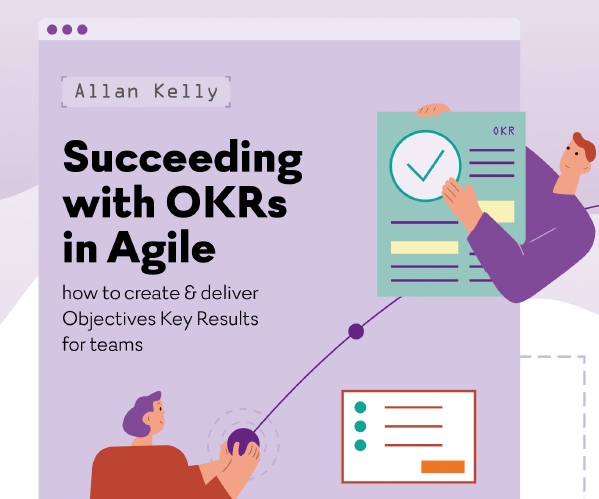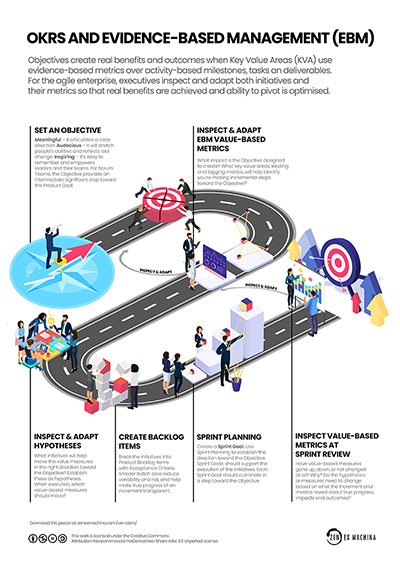OKRs and Scrum Agile Project Management are frameworks that can be used to set goals and track progress. OKRs help companies surface and prioritize their most important work, while scrum agile provides a flexible and goal-oriented approach to project management. Both frameworks can be used together to create a goal-setting system that is modern, efficient, and collaborative.

OKRs are Objectives and Key Results, a goal management framework that helps teams set measurable goals. OKRs encourage businesses to define improvement areas and drive progress towards meeting their objectives. The acronym OKR stands for Objectives and Key Results.

Scrum is a management methodology commonly used for software delivery, agility and other complex products. It is an agile framework created by Corey Ladas in 2009 that emphasizes teamwork, accountability, and iterative progress toward a well-defined goal. Scrum – “is a framework for project management that emphasizes teamwork, accountability, and iterative progress toward a well-defined goal. Read here for the ultimate guide to OKRs, including background, definitions, examples, and how to track Objectives and Key Results (OKRs) act as a goal-setting framework for defining and tracking objectives and their key results. OKRs is a powerful approach for prioritization. When paired with Scrum, the two frameworks help turn bold vision into actionable track goals with ScrumDesk. Agile time tracking is painful in any agile project management.

OKRs and Scrum can be used together by setting out high-level goals using the OKR framework and then focusing on delivering those goals through the Scrum process. This combination can help teams to focus on the most important thing and ensure that activities are aligned with overall objectives.

The benefits of using OKRs with Scrum is that it provides a goal-oriented, modern and flexible way to manage projects. It also emphasizes teamwork and accountability which are essential for the success of any project. Additionally, using OKRs can help improve the iterative progress towards a well-defined goal.
OKRs and Scrum are two popular frameworks for goal setting and project management. While they share some similarities, there are also some key challenges to using OKRs with Scrum. First, OKRs are typically focused on outcomes, while Scrum is more focused on achieving those outcomes. This can lead to conflict between the two frameworks if not managed properly. Second, OKRs are often time-bound, while Scrum sprints are typically shorter in duration. This can make it difficult to align the two frameworks and track progress over time. Finally, OKRs typically require more upfront planning and definition than Scrum, which can be a challenge for teams already tight on time and resources.
© 2023 Maysalward. All rights reserved!